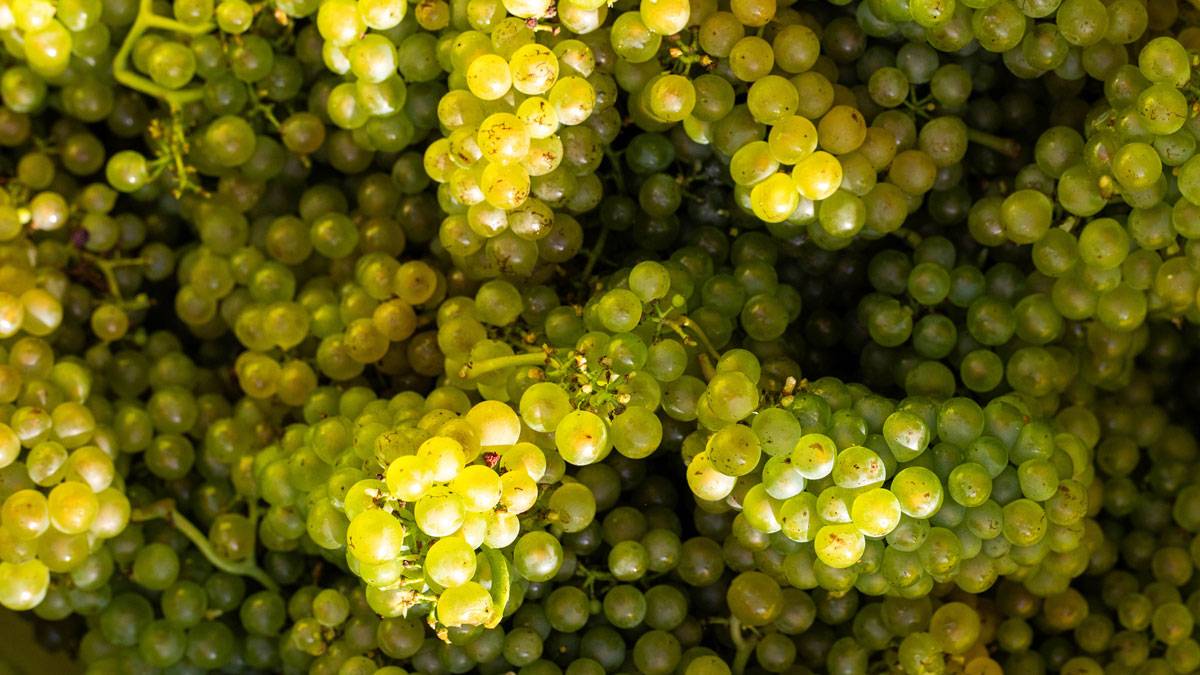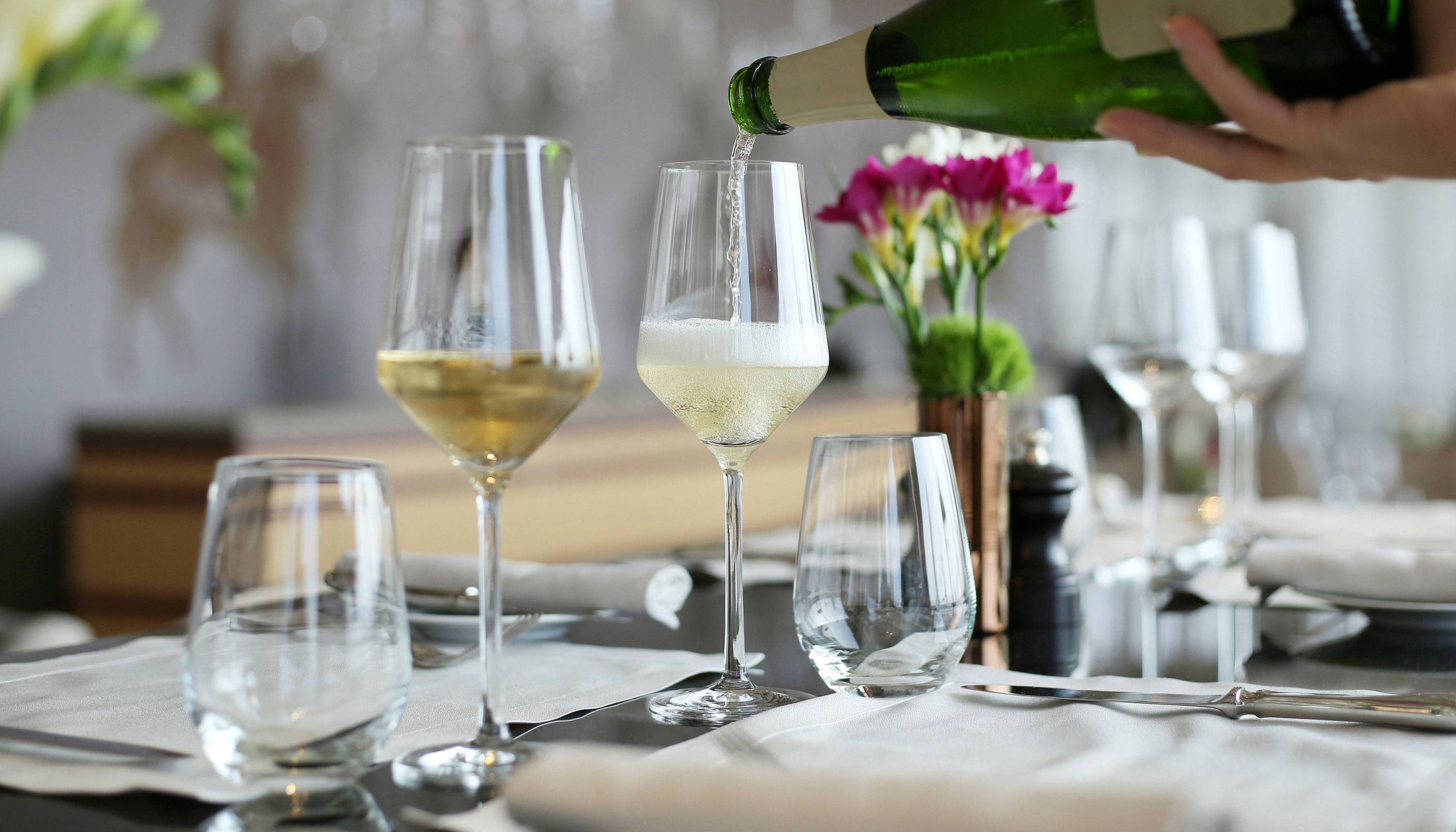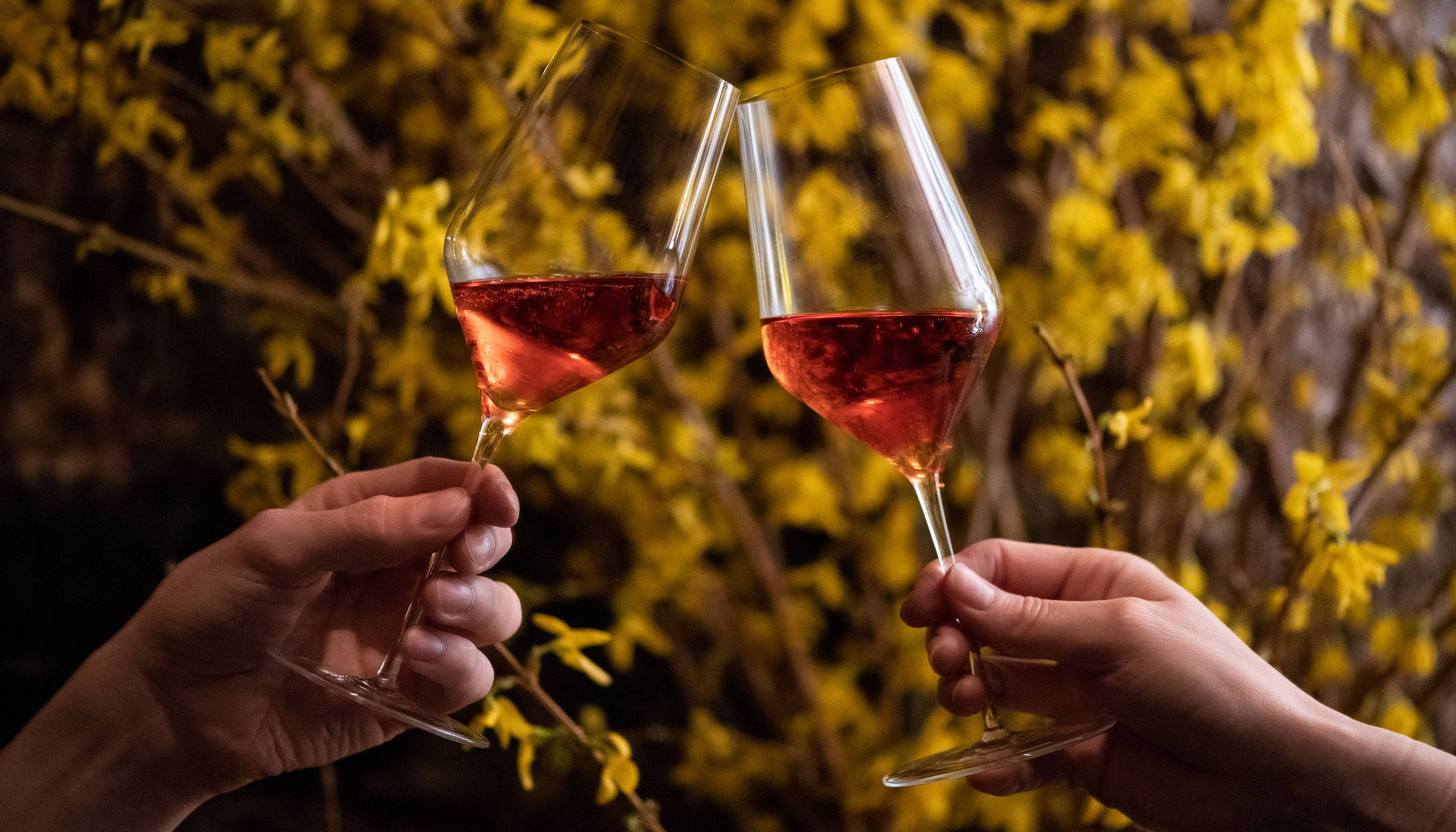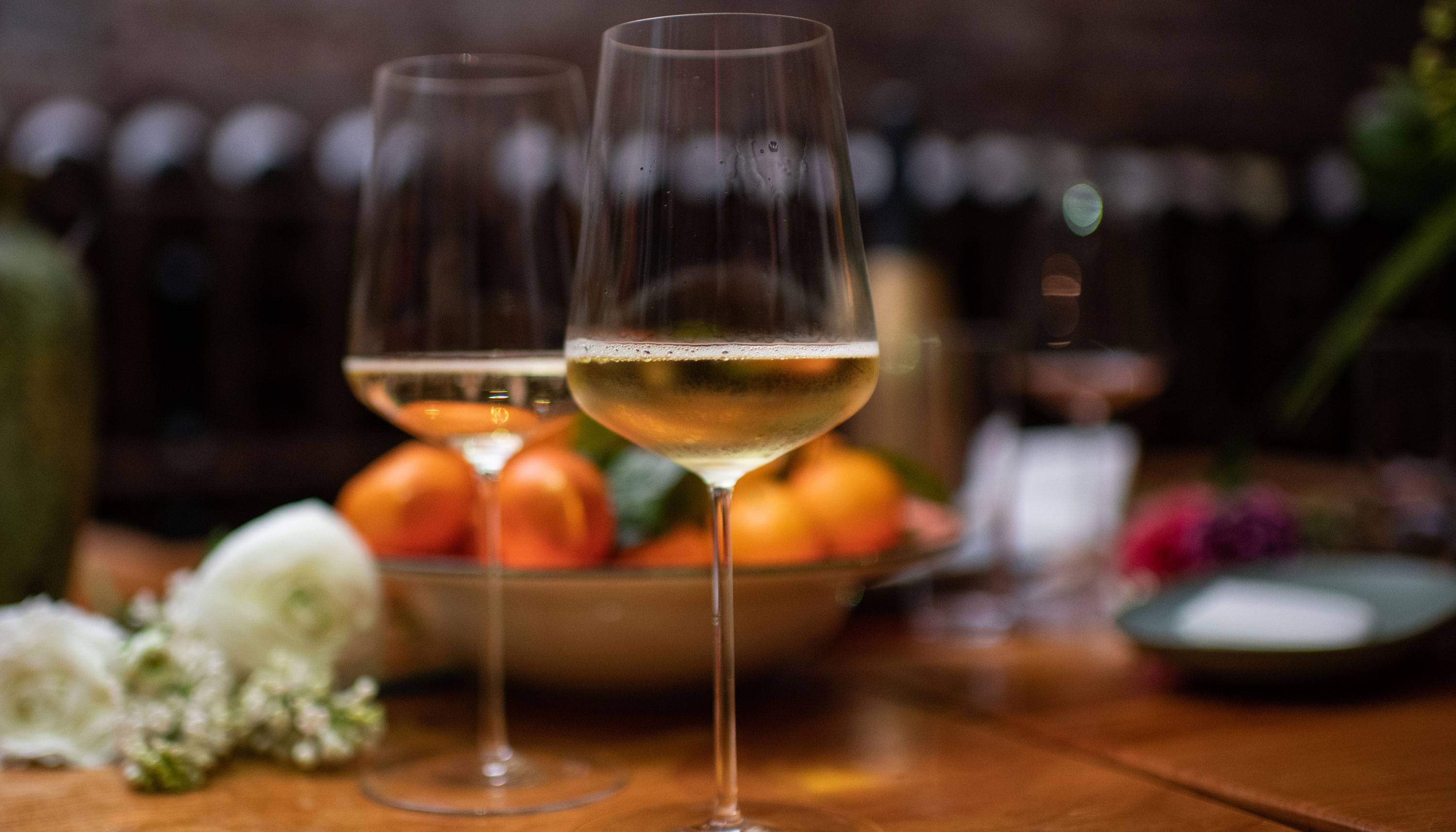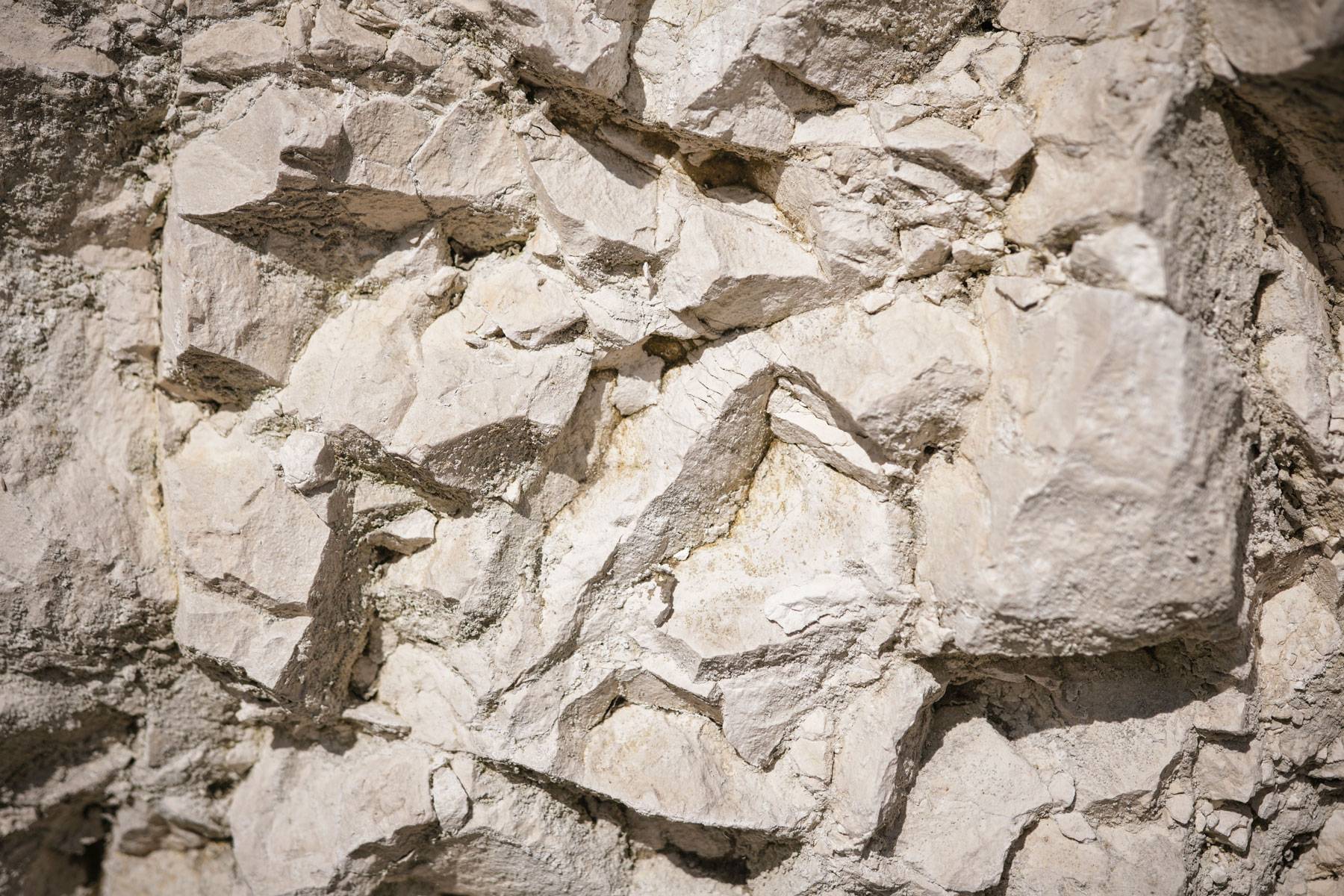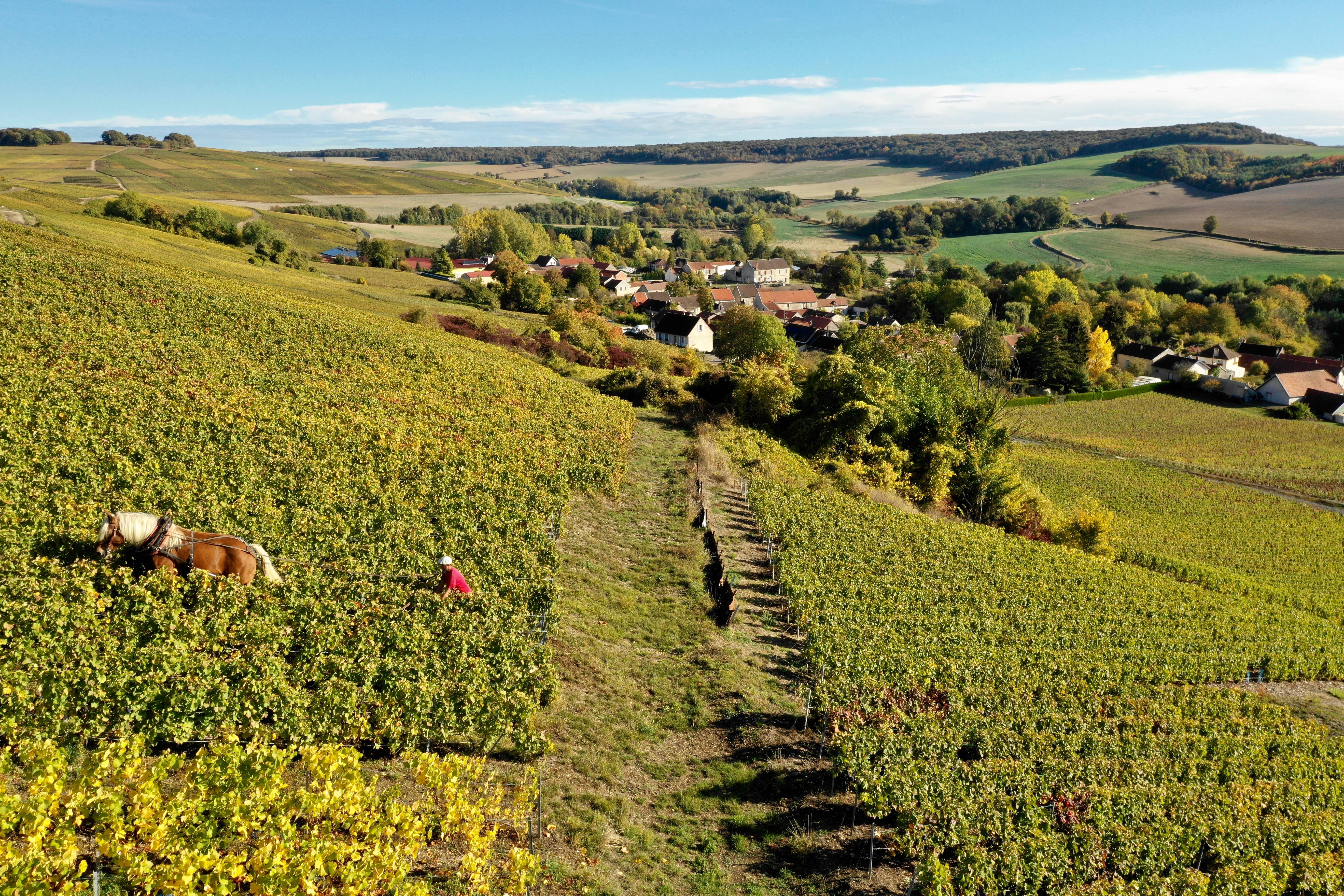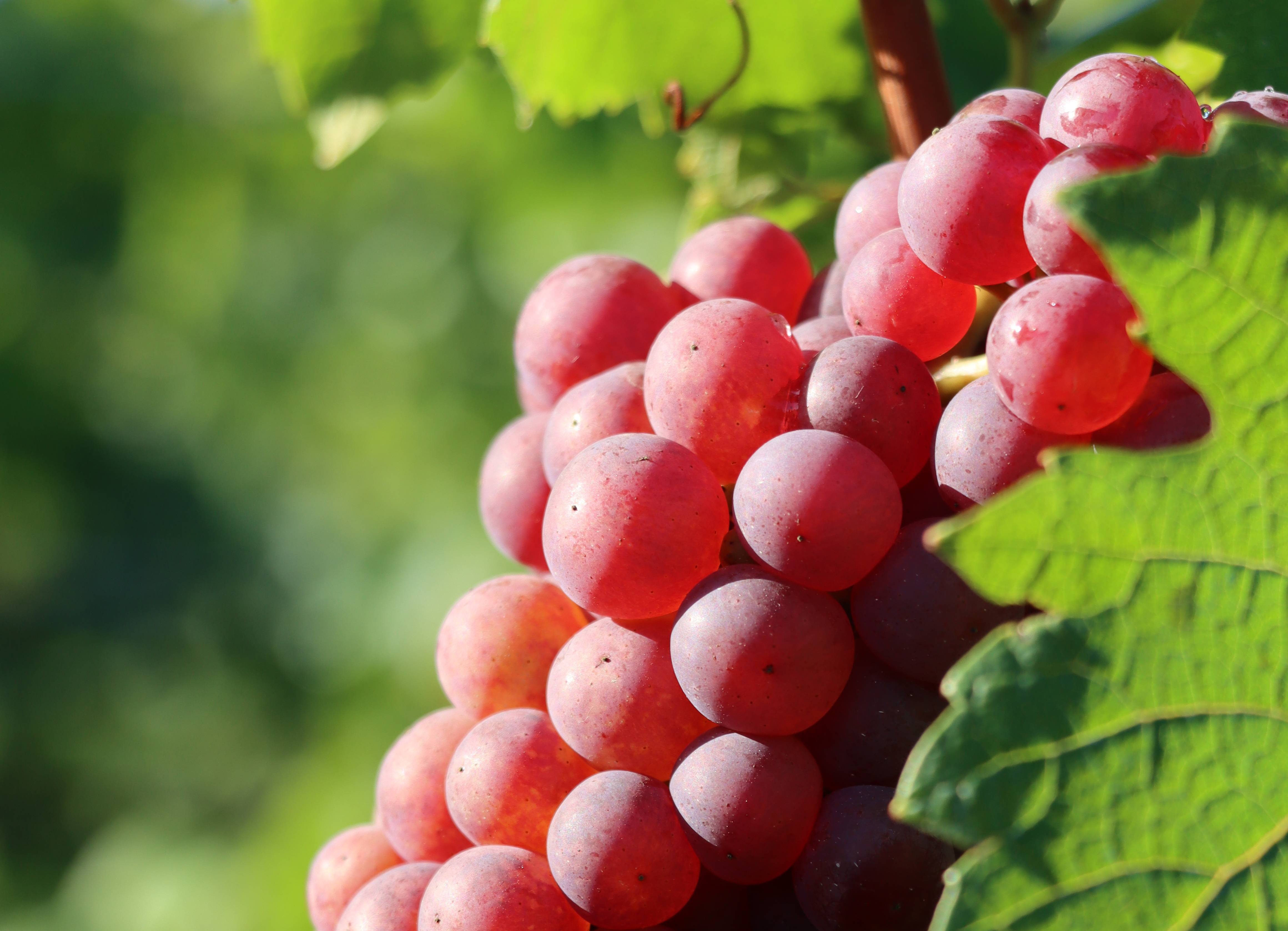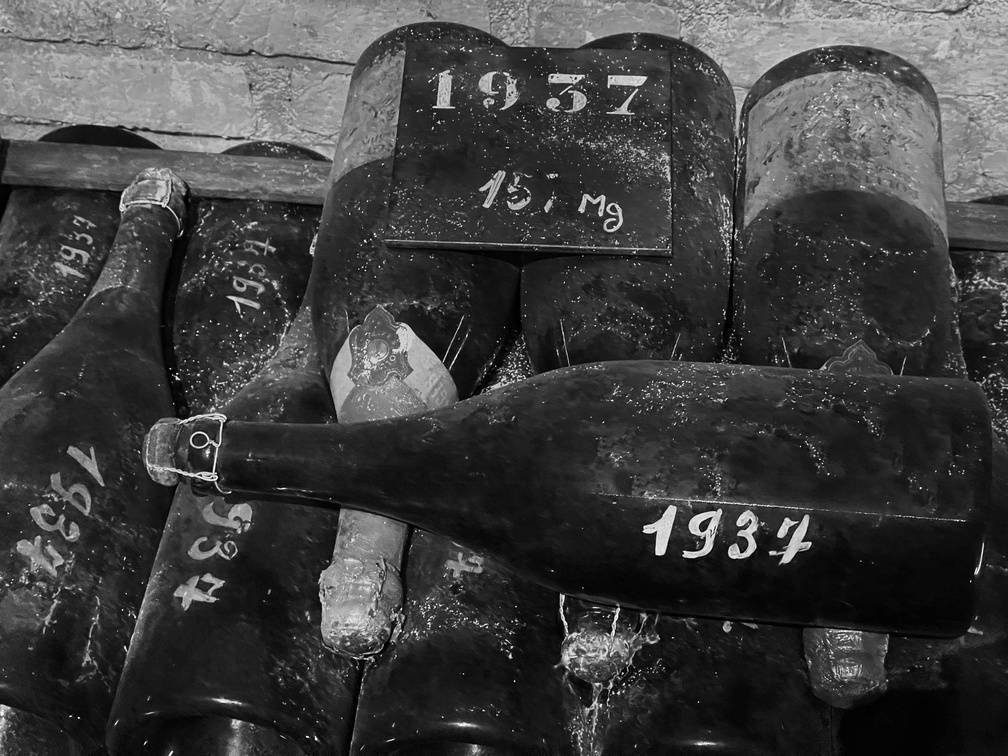Harvest and pressing are decisive steps in ensuring the quality of Champagne.
While the landscape may look familiar, no two harvests are ever the same. Each year’s weather conditions brings its own balance of ripeness, acidity and potential alcohol content—making the timing of the harvest a matter of both science and instinct.
Choosing the right moment
The maturity of the grapes is assessed primarily through two key indicators: acidity levels and sugar concentration. These parameters guide the decision on when to begin harvesting, taking into account the specific conditions of the year. Since 1955, the Comité Champagne has coordinated the “matu network”, a collaborative system involving volunteer winegrowers who monitor grape ripeness across the region. Their observations are compiled and analysed to determine the optimal harvest dates for each grape variety and cru.
Whole bunch harvesting
In Champagne, all grapes are harvested by hand—to preserve the integrity of the berries and ensures the quality of the must. The harvest typically spans around three weeks across the appellation, with nearly 100,000 grape-pickers mobilised—three to four per hectare. This intense effort is necessary due to the short window of optimal ripeness and the near-simultaneous maturity of the region’s grape varieties.
Regulated yields for consistent quality
Each year, the Comité Champagne sets a maximum yield per hectare, expressed in kilos of grapes. This limit helps regulate production volumes and maintain market balance, while also encouraging growers to focus on quality over quantity. This yield is 9000 kg/ha in 2025.
Pressing: from vineyard to winery
Pressing marks the transition from viticulture to oenology. In Champagne, this stage is governed by strict rules to preserve the purity and finesse of the wines—especially as many are made from black grape varieties. Upon arrival, grapes are weighed and logged, with each batch identified by commune and grape variety. The minimum potential alcohol level is also verified. Since 1993, pressing centres have been accredited based on over twenty criteria, including hygiene, capacity, equipment, and traceability.
Pressing follows six key steps:
- Immediate pressing after picking: grapes are pressed quickly to avoid oxidation and self-crushing under their own weight.
- Whole bunch pressing: this method protects the juice from contact with skins, stalks and seeds—essential for producing white wines from black grapes.
- Limited yield: press yields are set at 102 litres of must per 160kg of pressed grapes.
- Juice separation into fractions: the first 20.5 hL is the cuvée, rich in acids and sugars, ideal for wines with finesse and ageing potential. The next 5 hL is the taille, fruitier and more expressive in youth, but with less longevity.
- Gentle, gradual pressing: manual loading and automated pressure control ensure precision and delicacy throughout the process. It ensures high juice quality, low phenolics and to make white wine from black Pinot noir and Meunier grapes.
- Settling (débourbage): after pressing, the juice is clarified by natural sedimentation over 12 to 24 hours. This step removes coarse lees and prepares the must for fermentation.
The harvest in Champagne is not just a technical operation—it is a collective ritual, shaped by decades of experience and a shared commitment to excellence.
